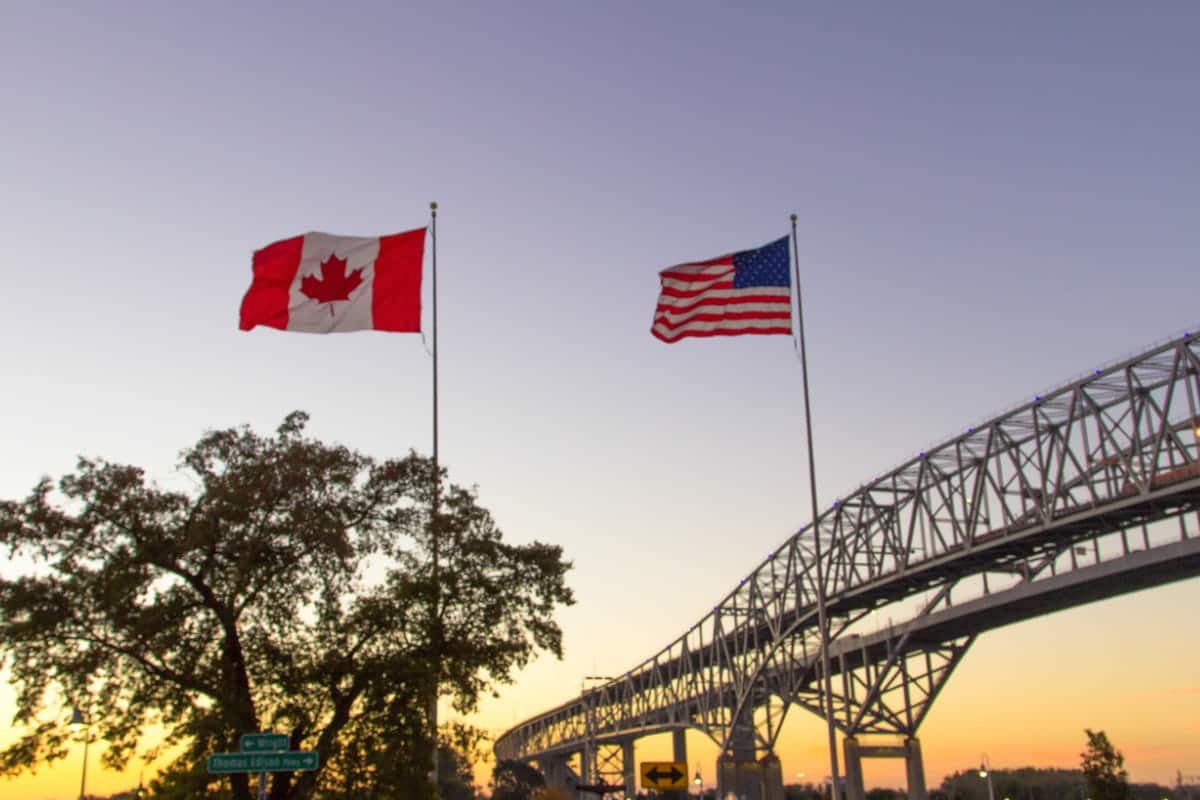World
BREAKING: IRCC ends flagpoling services for PGWP applicants

As of June 21, Immigration Refugees and Citizenship Canada (IRCC) has announced that foreign nationals are no longer able to apply for a post-graduation work permit (PGWP) at their Canadian port of entry (POE).
This change is effective immediately.
Immigration Minister Marc Miller says this measure will reduce “flagpoling” and allow border officers more time to complete “enforcement activities.” It is also expected to reduce delays for travellers and speed up the movement of commercial goods between Canada and the United States.
Schedule a Free Work Permit Consultation with the Cohen Immigration Law Firm
Further, the department says that the change will increase “fairness amongst applicants” and it will continue to find other ways to reduce the use of flagpoling in future.
“While we continue to support and recognize the contributions of international graduates to Canada’s labour market, ‘flagpoling’ is unnecessary,” says Minister Miller. “The time and effort required to process applications from ‘flagpolers’ takes officers on both sides of the border away from their crucial role in protecting the safety, security and prosperity of Canadians and Americans. This measure will help prevent this practice, while maintaining the integrity of our immigration system.”
Some applicants use flagpoling to avoid the sometimes lengthy processing time for their PGWP. To address these concerns, IRCC says they are:
- speeding up processing times for in-Canada work permit applications
- simplifying online application forms and processes so foreign nationals can continue working while they wait for a decision on their new application
- authorizing workers to start working for a new employer right away, rather than waiting to have their new work permit application processed before changing jobs
According to IRCC, PGWP applicants accounted for one-fifth of the foreign nationals who attempted to flagpole From March 1, 2023, to February 29, 2024.
What is flagpoling?
Flagpoling is a legal practice, by which eligible temporary residents (those on a work/study permit, or with a visitor visa/electronic Travel Authorization (eTA)) can receive immigration services by exiting and returning to Canada through a designated port of entry (POE), within 24 hours. The process provides an opportunity to skip long waiting periods and processing times that can often follow applying online or by paper to IRCC. An additional advantage is being able to converse with an immigration official face-to-face, which can be useful when addressing issues with an immigration application.
The Canadian Border Services Agency (CBSA) advises that newcomers use flagpoling services carefully, as wait times at POEs can be long in their own right—with potential immigration implications if temporary residents mismanage their departure and re-entry into Canada.
Among other eligibility criteria (including meeting requirements for the immigration pathway applied for, and basic entry requirements to Canada) newcomers engaging in flagpoling are strongly encouraged to maintain valid legal status or have maintained status in Canada when leaving and re-entering. Out-of-status newcomers who attempt to use flagpoling services can risk deportation.
Recent changes to all flagpoling services
Recently the Canadian and United States governments announced changes to flagpoling services in general as a response to growing wait times and traffic at key POEs.
As a result of these changes flagpoling services at 12 Canadian POEs will have reduced hours of service.
To see a full breakdown of hours of service for all Canadian POEs, find IRCC’s dedicated webpage here.
Schedule a Free Work Permit Consultation with the Cohen Immigration Law Firm
Join our free newsletter. Get Canada’s top immigration stories delivered to your inbox.


)






